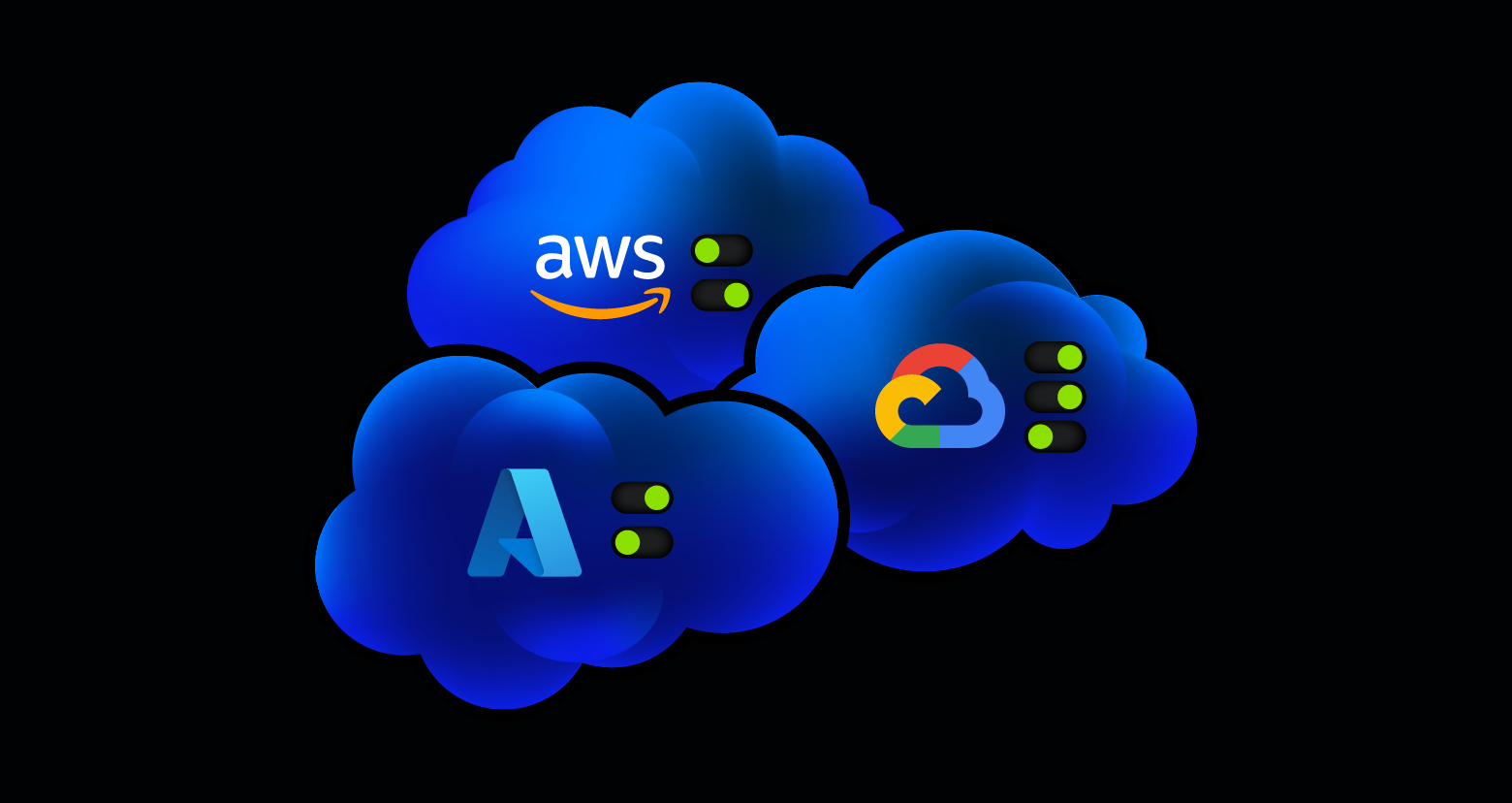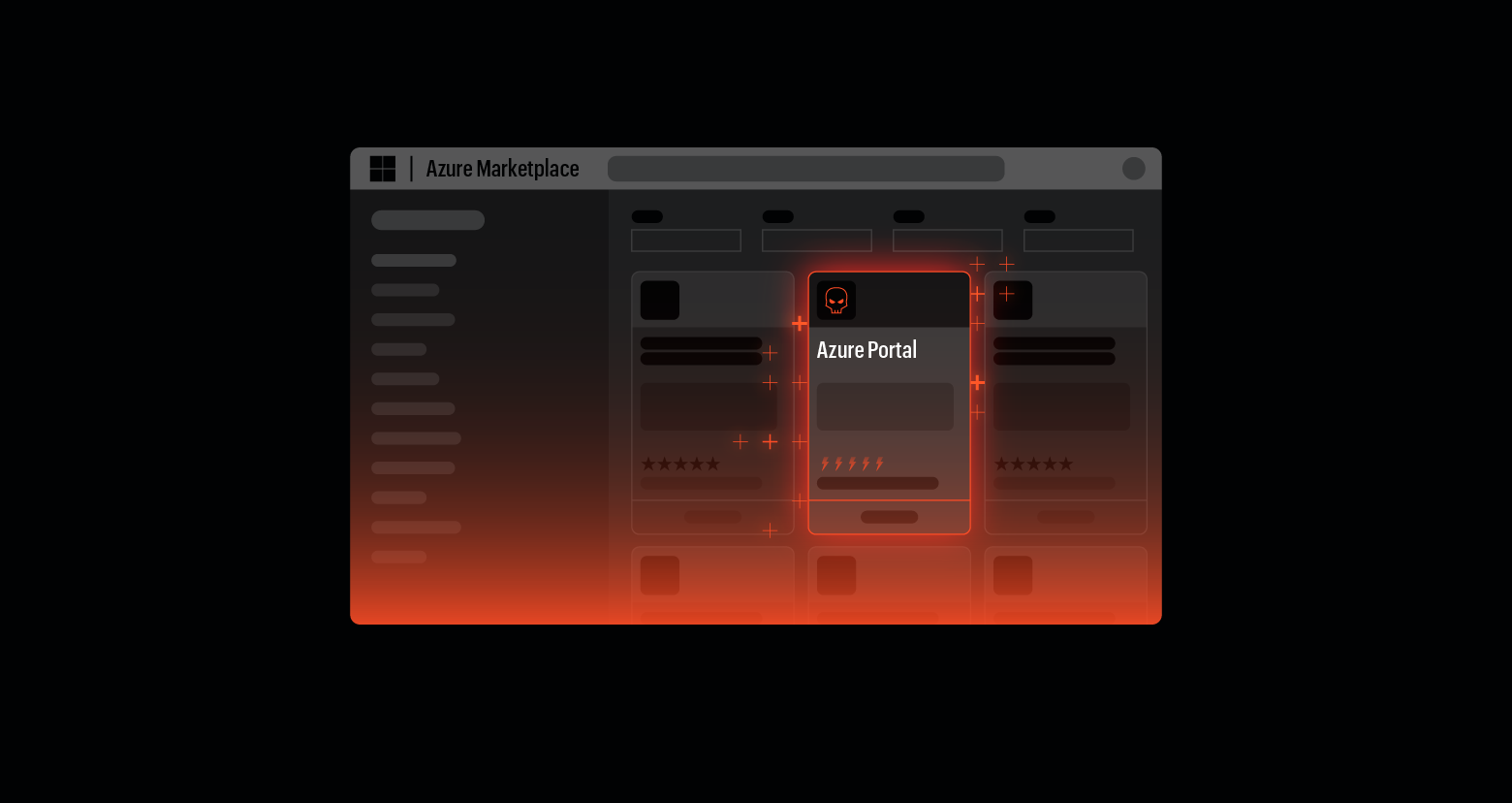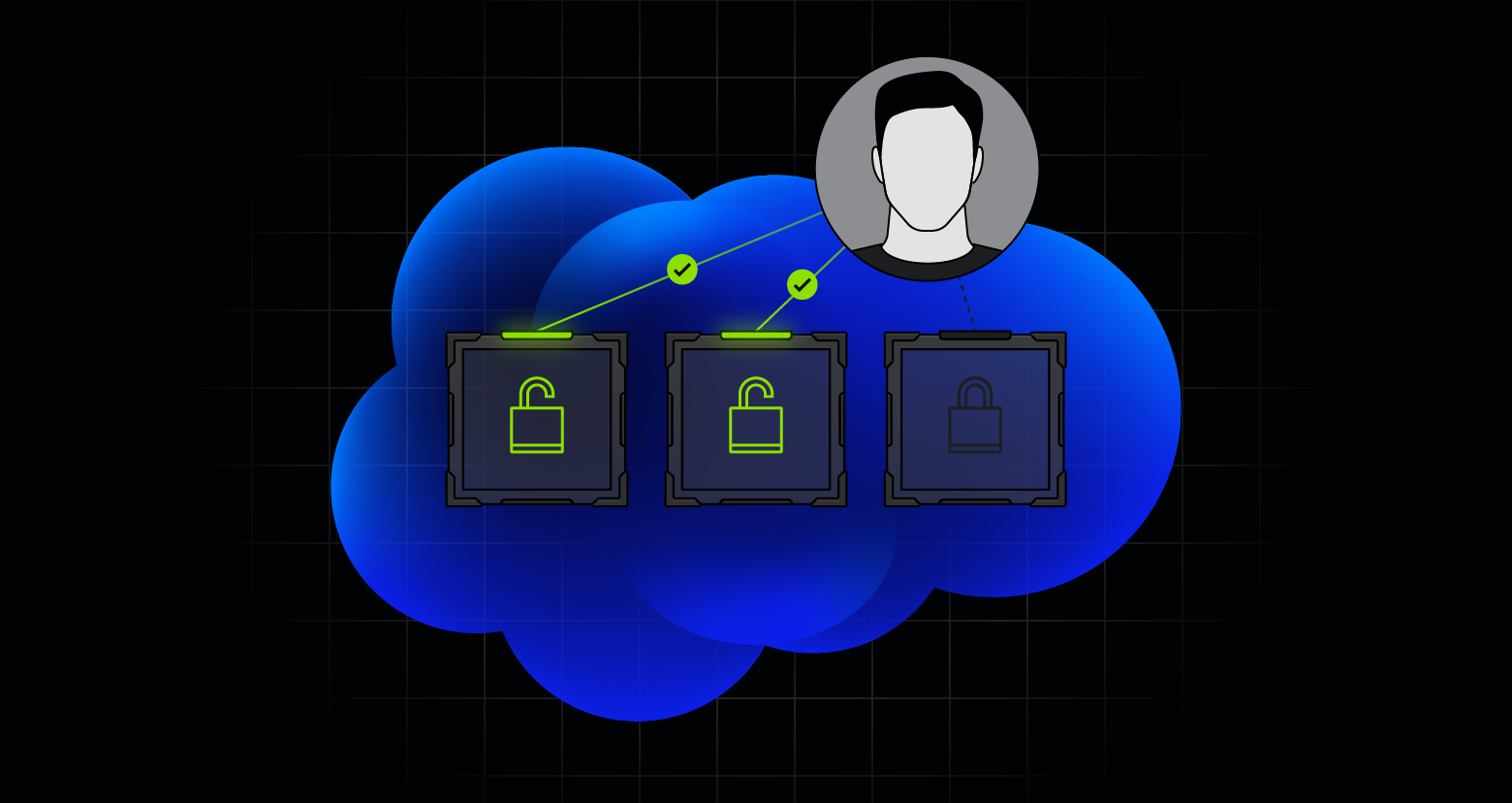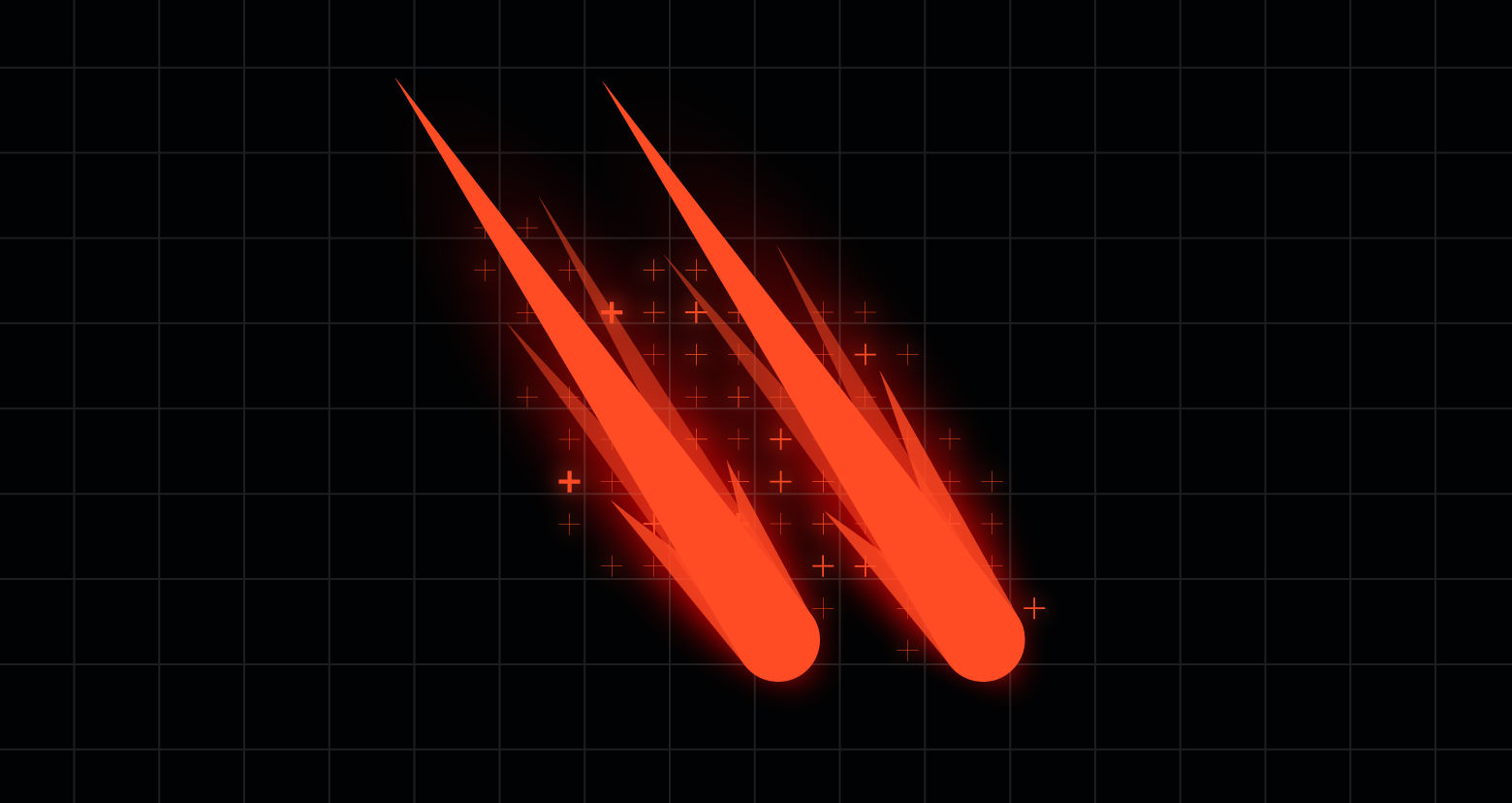As organizations embrace multi cloud strategies to boost agility, reduce costs, and avoid vendor lock-in, they also inherit a complex security puzzle.
Each cloud platform — AWS, Azure, Google Cloud, and others — has its own set of tools, configurations, and risks. This creates operational complexity and increases the risk of misconfigurations. This fragmentation makes it difficult for organizations to maintain consistent security policies, visibility, and compliance across environments.
In this article, we’ll explore these challenges and share practical solutions for strengthening your multi cloud security posture.
What is multi cloud security?
Multi cloud security refers to the strategies, technologies, and practices used to protect data, applications, and infrastructure across multiple cloud service providers.
The goal? Consistent protection — no matter where your workload or data resides.
This includes:
- Managing access and identity across platforms
- Detecting and responding to threats in real time
- Enforcing security policies and configurations consistently
- Ensuring data privacy and regulatory compliance
- Gaining centralized visibility across a fragmented cloud landscape
When done right, multi cloud security eliminates blind spots and unifies controls, allowing users to enjoy the flexibility of multi cloud capabilities without compromising protection.
Challenges of multi cloud security
Fragmented visibility
Managing security in a single cloud is hard enough — now multiply that across several platforms. Each provider offers different interfaces, logs, and policies, making it difficult to get a consolidated view of where your data lives and how it’s being accessed.
Inconsistent policies and controls
Security configurations vary widely between cloud providers. Ensuring consistent identity and access management (IAM), network rules, and data protection policies across environments is time-consuming and error-prone.
Misconfigurations and human error
Misconfigured storage buckets or overly permissive access controls are among the most common cloud security risks. In a multi cloud setup, the lack of standardization increases the likelihood of these errors.
Expanded attack surface
Every new cloud environment adds more endpoints, APIs, and resources — each a potential entry point for attackers. Without unified monitoring, threats can go unnoticed until it’s too late.
Compliance complexity
Multi cloud deployments often span multiple jurisdictions, each with its own privacy and compliance requirements. Proving compliance across clouds requires detailed audit trails and centralized reporting, which few organizations have out of the box.

Solutions for multi cloud security
While the cloud introduces a complex mix of tools and risks across platforms, modern security solutions are designed to meet these challenges head-on. Look for solutions that simplify visibility, standardize access, and automate protection across your multi-cloud environment.
Centralized security visibility
Invest in tools that offer a single pane of glass across your entire cloud footprint. These platforms allow teams to monitor access, detect anomalies, and respond to incidents without jumping between dashboards.
Unified Identity and Access Management
Standardize IAM policies using federated identity providers and role-based access control. This ensures users only have the permissions they need, nothing more.
Automated configuration management
Use infrastructure-as-code (IaC) and automated tools to enforce consistent security configurations across cloud environments. Automated drift detection can alert you when settings deviate from secure baselines.
Data-centric security
Knowing where your sensitive data resides and who has access to it is essential. Solutions that continuously discover, classify, and monitor data help reduce exposure and maintain least-privilege access.
Integrated compliance reporting
Look for platforms that offer built-in compliance mapping to frameworks like GDPR, HIPAA, and NIST. Real-time compliance posture monitoring simplifies audit preparation and helps avoid costly violations.
Together, these strategies form a cohesive foundation for securing complex cloud environments. These capabilities not only simplify day-to-day operations but also empower security teams to proactively manage threats and maintain resilience across multi-cloud infrastructures.
Strengthen your multi cloud security with Varonis
Multi cloud success depends on securing your most critical asset: data.
Varonis helps organizations regain control by delivering unified visibility and protection across complex cloud environments. With automated data discovery, access intelligence, threat detection, and policy enforcement, Varonis makes it easier to:
- Locate and classify sensitive data across multiple cloud providers
- Eliminate excessive permissions and misconfigurations
- Monitor abnormal user behavior and detect insider threats
- Map compliance risks to actionable insights
Ready to take control of your cloud data security?
The best way to get started is with a Varonis Cloud Data Risk Assessment.
This assessment is a free, in-depth evaluation that helps you discover where your sensitive data lives, who can access it, and how to reduce your exposure across every cloud platform.
Learn more about cloud security with more blogs from Varonis’ cloud security experts.
What should I do now?
Below are three ways you can continue your journey to reduce data risk at your company:



.png)




